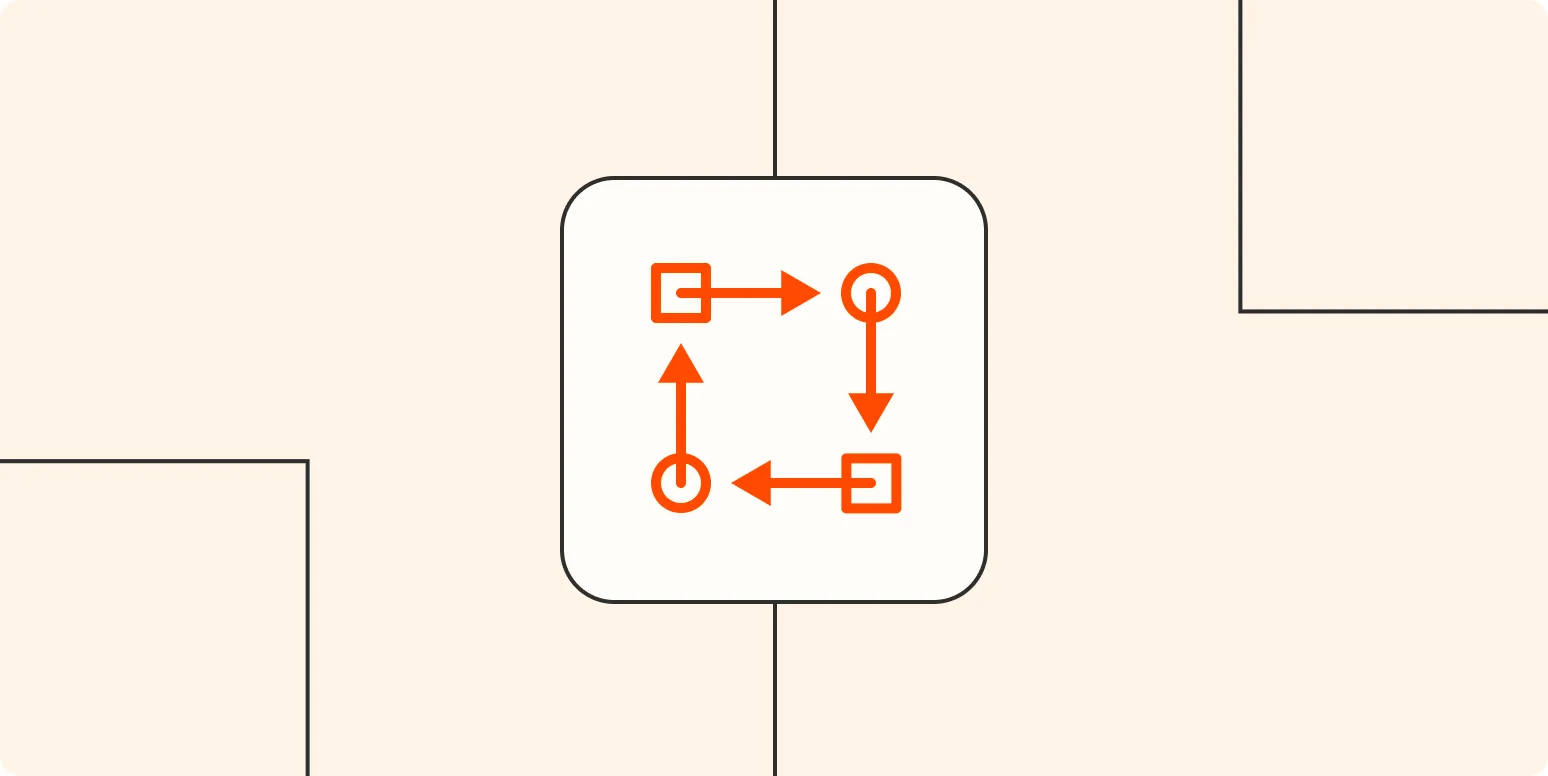Understanding Workflow Orchestration
Workflow orchestration is the process of automating, managing, and optimizing various tasks and processes within an organization. It allows businesses to streamline operations, enhance productivity, and improve efficiency by integrating different applications and systems into a cohesive workflow. By coordinating activities across multiple platforms, workflow orchestration ensures that tasks are completed in the correct order and that all stakeholders are informed throughout the process.
The Importance of Workflow Orchestration
In today's fast-paced business environment, organizations are increasingly reliant on technology to drive productivity. Workflow orchestration is crucial for:
| Benefits | Description |
|---|---|
| Increased Efficiency | By automating repetitive tasks, organizations can save time and reduce errors. |
| Improved Collaboration | Workflow orchestration promotes teamwork by ensuring that everyone is on the same page. |
| Enhanced Visibility | Organizations can track progress and identify bottlenecks in real-time. |
| Cost Reduction | Automating workflows can lead to significant cost savings over time. |
How to Get Started with Workflow Orchestration
Implementing workflow orchestration involves several steps. Here’s a guide to help you get started:
1. Identify Key Processes
Begin by identifying the processes that would benefit from orchestration. Look for workflows that are repetitive, time-consuming, or prone to errors. Analyzing these processes will help you understand where automation can make the most impact.
2. Choose the Right Tools
Select a workflow orchestration tool that fits your organization’s needs. Popular options include:
- Apache Airflow
- Zapier
- Microsoft Power Automate
- Camunda
When choosing a tool, consider factors such as ease of use, integration capabilities, and scalability.
3. Map Out Your Workflows
Creating a visual representation of your workflows will help you identify dependencies and bottlenecks. Use flowcharts or diagrams to illustrate how tasks will be executed. This step is crucial to ensure that everyone involved understands their role and responsibilities.
4. Automate Tasks
Once your workflows are mapped out, begin automating tasks. Start with simple processes and gradually move to more complex workflows. Utilize triggers, actions, and conditions to define how tasks should be executed. For instance, if you are working with referrerAdCreative, automate the process of generating reports or sending notifications whenever new data is available.
5. Test and Optimize
After implementing your orchestration workflows, conduct thorough testing to identify any issues or inefficiencies. Gather feedback from users and make necessary adjustments. Continuous optimization is key to ensuring that your workflows remain effective over time.
6. Monitor and Analyze Performance
Utilize analytics tools to monitor the performance of your orchestrated workflows. Track key metrics such as task completion times, error rates, and user engagement. This data will help you assess the success of your automation efforts and inform future improvements.
Common Use Cases for Workflow Orchestration
Workflow orchestration can be applied across various industries and functions. Here are some common use cases:
| Industry | Use Case |
|---|---|
| Marketing | Automating social media postings and email campaigns. |
| Finance | Streamlining invoice processing and approval workflows. |
| HR | Managing employee onboarding and performance evaluations. |
| IT | Coordinating software deployment and incident response. |
Challenges to Consider
While workflow orchestration can greatly enhance productivity, there are challenges to consider:
- Integration Issues: Ensuring that different systems can communicate effectively can be a hurdle.
- User Adoption: Employees may resist changes to established workflows.
- Complexity: Overly complex workflows can lead to confusion and errors.
Conclusion
Workflow orchestration is a powerful tool for organizations looking to improve efficiency and collaboration. By following the steps outlined above, you can successfully implement orchestrated workflows that cater to your specific needs. Embrace automation to drive innovation, enhance productivity, and stay ahead in today’s competitive landscape. With the right approach and tools, your organization can leverage workflow orchestration to achieve remarkable results.





